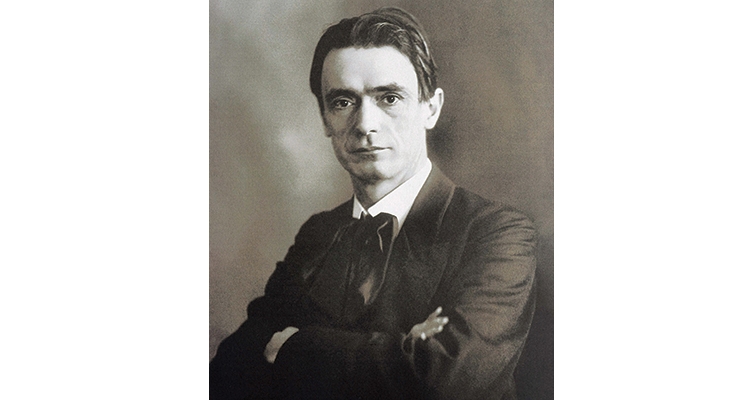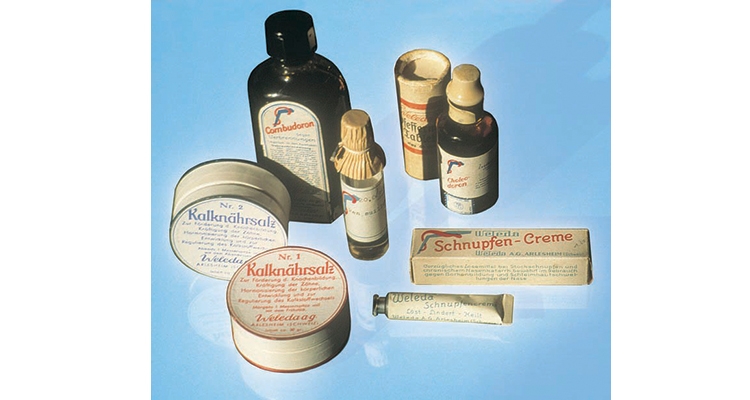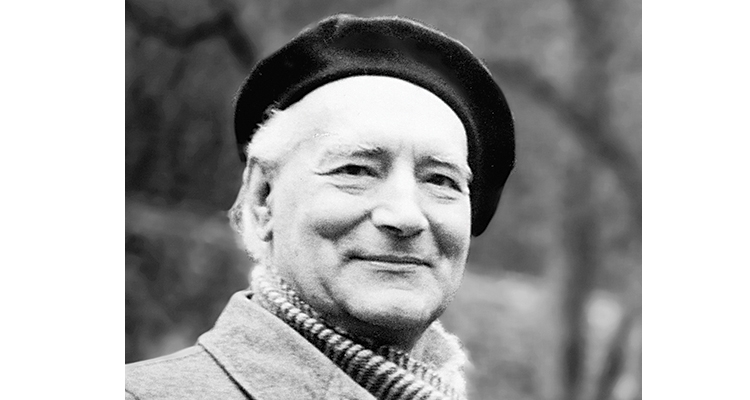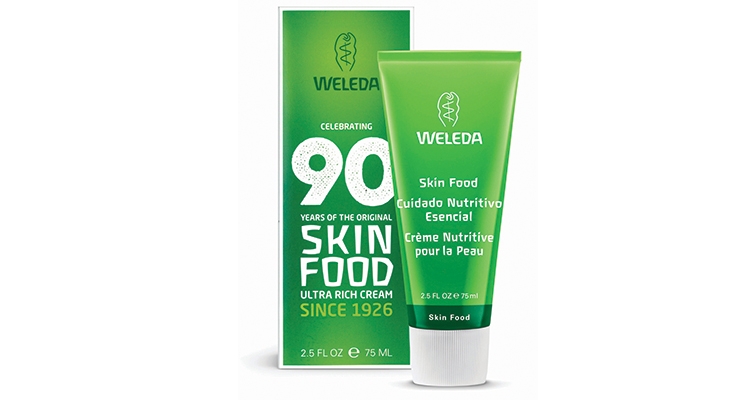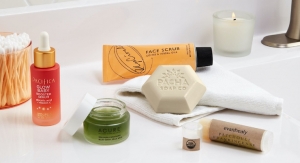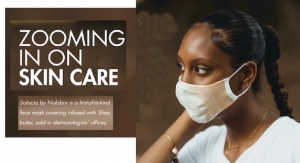Michele Sawyer, Sawyer Design Vision04.28.16
We think of the natural/organic trend in personal care (cosmetics, skin care, bath & hair care, fragrance and oral care) as a relatively new development, part of a nouveau-American, healthy-living, back-to-the-Earth shift embraced most heartily by the young. And while it is true that the largest segment of users is 25-to-34-year-old women, followed closely by 18-to-24-year-olds, this movement actually began nearly a century ago in Europe.
Austria, 1921: Rudolf Steiner, social reformer, educator, Doctor of Philosophy, created a holistic system which he called anthroposophy. At the core of his theory was the view of humans as an indivisible whole—body, mind, and soul intrinsically linked to the world. And while Steiner expanded the theoretical foundation, Swiss gynecologist Ita Wegman began to apply the principles in her medical practice. Together they developed a list of natural remedies based on the tenets of anthroposophical medicine. The cornerstone of this new business, Weleda, was their own biodynamic gardens where they cultivated all the natural and organic ingredients—and do to this day.
Germany, 1935: Rudolf Hauschka, Austrian chemist, inventor, author, entrepreneur and anthroposophist (his methodologies influenced greatly by Rudolf Steiner), founded the first WALA laboratory where he invented the “rhythmic” production process: Based on the cyclical patterns found in nature, he developed natural medicines that did not use alcohol as a preservative. ‘Dr. Hauschka’ is the brand name given to the range of skin care and cosmetics based on his research and made by the Wala company.
These two brands are very much alive today worldwide. Both are globally represented online and have a vivid presence in Europe. In the United States, Weleda and Dr. Hauschka products are sold in natural food markets and pharmacies; Target department stores feature Weleda; and Dr. Hauschka can be found at the CVS chain. A key factor in this longevity is their respective belief in and support of sustainability in packaging. Weleda is committed to reducing weight and increasing recycled content. Fully recyclable glass when necessary, lightweight airless pump bottles (PP), PET bottles for shampoo—are the balanced choice for the product and the ecosystem. Dr. Hauschka focuses on the use of environmentally friendly, recyclable materials and waste reduction, with consideration for ease of use, aesthetic appeal, customer safety and, above all, product stability. Glass, plastic and aluminum containers are highly or fully recyclable, as are plastic caps and pumps. When non-recyclable metal caps and pumps are employed, it is to facilitate use or increase shelf life; re-purposing is encouraged. Health, environment and life style concerns go hand in hand.
The naturals/organics PC market continues to explode (source: Organic Trade Association’s 2014 Organic Industry Survey conducted 1/27/2014 – 4/5/2014) with expectations of a CAGR of 9.8% from 2014 to 2020. Revenues, exceeding $1.8 billion dollars in 2013, are projected to top 15.98 billion by 2020. The principal consumer is affluent (proportionate to her age) with an average income of $75K, and U.S.-based descendants of heritage brands Weleda and Dr. Hauschka—Bare Escentuals, Aveda, Burt’s Bee, Origins, Kiehls, The Body Shop—are multi-channeled and priced. In a variable economic landscape, natural/organic personal care seems to have secured a beautiful future.

Michele Sawyer
About the author:
Michele Sawyer is CEO, founder and creative director of Sawyer Design Vision.
Austria, 1921: Rudolf Steiner, social reformer, educator, Doctor of Philosophy, created a holistic system which he called anthroposophy. At the core of his theory was the view of humans as an indivisible whole—body, mind, and soul intrinsically linked to the world. And while Steiner expanded the theoretical foundation, Swiss gynecologist Ita Wegman began to apply the principles in her medical practice. Together they developed a list of natural remedies based on the tenets of anthroposophical medicine. The cornerstone of this new business, Weleda, was their own biodynamic gardens where they cultivated all the natural and organic ingredients—and do to this day.
Germany, 1935: Rudolf Hauschka, Austrian chemist, inventor, author, entrepreneur and anthroposophist (his methodologies influenced greatly by Rudolf Steiner), founded the first WALA laboratory where he invented the “rhythmic” production process: Based on the cyclical patterns found in nature, he developed natural medicines that did not use alcohol as a preservative. ‘Dr. Hauschka’ is the brand name given to the range of skin care and cosmetics based on his research and made by the Wala company.
These two brands are very much alive today worldwide. Both are globally represented online and have a vivid presence in Europe. In the United States, Weleda and Dr. Hauschka products are sold in natural food markets and pharmacies; Target department stores feature Weleda; and Dr. Hauschka can be found at the CVS chain. A key factor in this longevity is their respective belief in and support of sustainability in packaging. Weleda is committed to reducing weight and increasing recycled content. Fully recyclable glass when necessary, lightweight airless pump bottles (PP), PET bottles for shampoo—are the balanced choice for the product and the ecosystem. Dr. Hauschka focuses on the use of environmentally friendly, recyclable materials and waste reduction, with consideration for ease of use, aesthetic appeal, customer safety and, above all, product stability. Glass, plastic and aluminum containers are highly or fully recyclable, as are plastic caps and pumps. When non-recyclable metal caps and pumps are employed, it is to facilitate use or increase shelf life; re-purposing is encouraged. Health, environment and life style concerns go hand in hand.
The naturals/organics PC market continues to explode (source: Organic Trade Association’s 2014 Organic Industry Survey conducted 1/27/2014 – 4/5/2014) with expectations of a CAGR of 9.8% from 2014 to 2020. Revenues, exceeding $1.8 billion dollars in 2013, are projected to top 15.98 billion by 2020. The principal consumer is affluent (proportionate to her age) with an average income of $75K, and U.S.-based descendants of heritage brands Weleda and Dr. Hauschka—Bare Escentuals, Aveda, Burt’s Bee, Origins, Kiehls, The Body Shop—are multi-channeled and priced. In a variable economic landscape, natural/organic personal care seems to have secured a beautiful future.
Michele Sawyer
Michele Sawyer is CEO, founder and creative director of Sawyer Design Vision.

